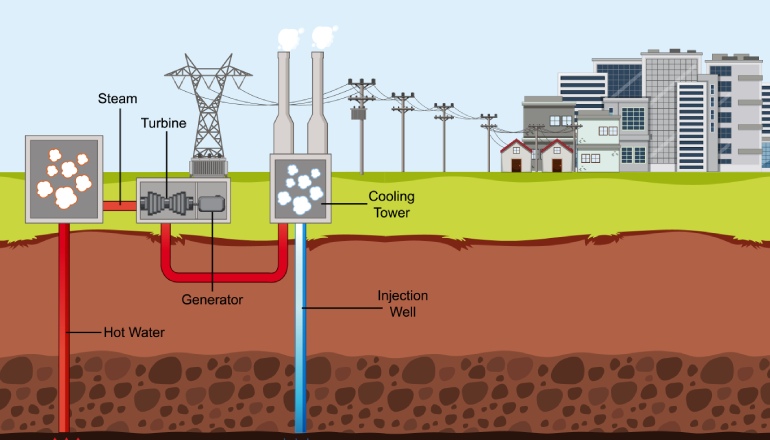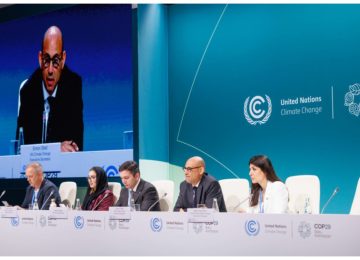India’s farm-gate emissions are the highest component of agrifood system greenhouse gas emissions, according to a new World Bank report.
The report titled “Recipe for a Liveable Planet: Achieving Net Zero Emissions in the Agrifood System” notes that collaborative efforts among governments, businesses, citizens, and international organizations will give the world the best chance to meet the Paris Agreement’s emissions targets.
The India story:
India’s farm-gate emissions are the highest component of agrifood system greenhouse gas emissions, while Brazil and Indonesia primarily source emissions from land use change.
Transitioning to a low-emissions agrifood system faces political and cultural challenges due to political and electoral weight in food and agriculture policies.
The East Asia and Pacific region have the largest regional share of emissions, with low per capita emissions. Lowering agrifood emissions will have varying impacts on jobs globally, with the greatest impact in Latin American countries (LICs).
Countries like Brazil, China, Indonesia, and the United States have the greatest cost-effective mitigation potential among High-Income Countries (HICs).
Renewable energy adoption in the agri-food sector can significantly reduce emissions, with India leading the adoption of solar-powered irrigation systems.
India’s vegetarian diets help mitigate its GHG emissions, and consumer-driven efforts to promote low-emission diets are important, the report states.
Global trends:
Globally, the agrifood system is a significant contributor to global greenhouse gas emissions, with an average of 16 billion metric tons of CO2 equivalent per year.
The Recipe for a Liveable Planet framework aims to reduce the agrifood system’s contribution to climate change by cutting almost one-third of the world s greenhouse gas emissions through affordable and readily available actions.
The report emphasizes the need for mitigation action in developing and high-income countries, including a food systems approach and a net-zero emissions target by 2050.
High-income countries can play a crucial role in reducing emissions by promoting renewable energy, providing financial and technical support, and reducing consumer eemand for emissions-intensive foods.
Middle-income countries have great opportunities to cut agrifood emissions through land use, sustainable soil management, and climate-smart agriculture techniques.










